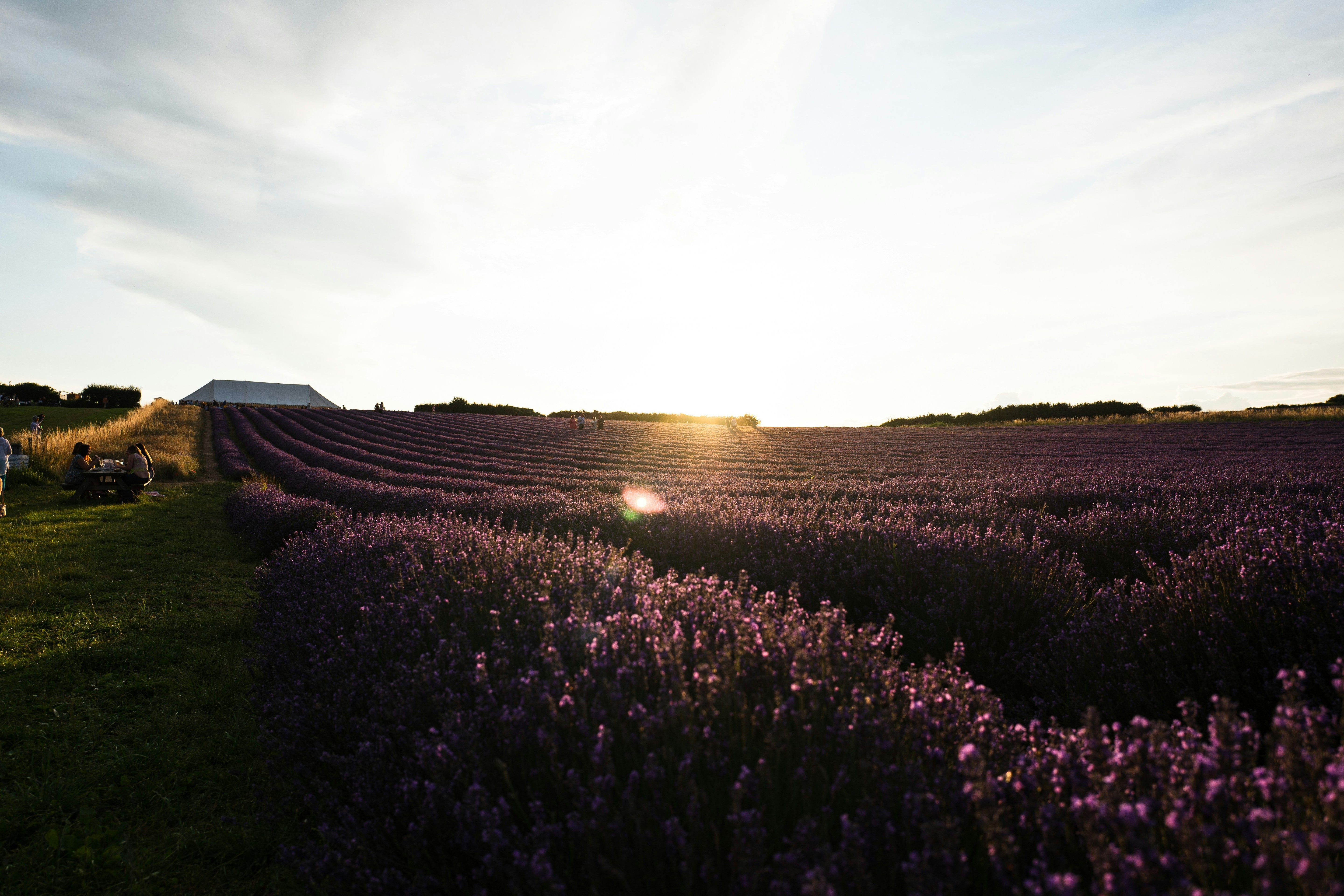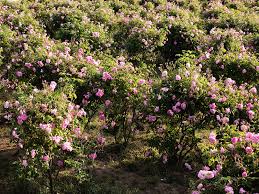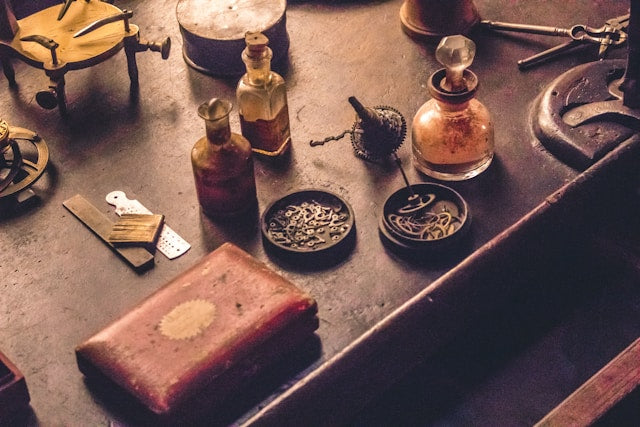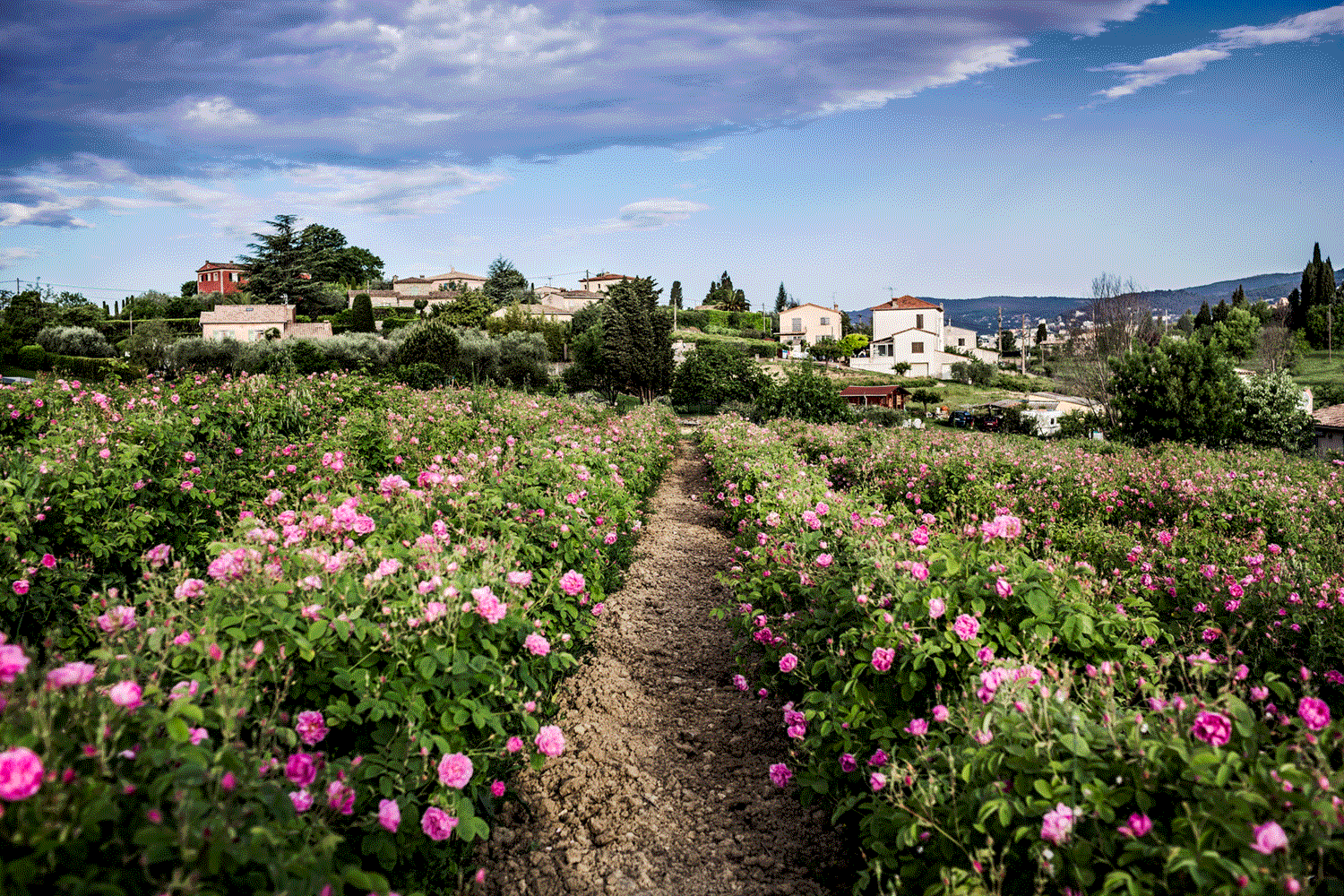Why Lavender Left Grasse, France

If you’ve ever imagined fields of lavender swaying under the Provençal sun, chances are you were picturing Grasse. While rose and jasmine are still pillars of the region’s perfumed identity, lavender has largely faded from its agricultural foreground. But it wasn’t always that way.
For decades, lavender thrived in the Grasse hills, cultivated by small multi-generational families who supplied distilleries and luxury houses with fragrant oil. Among them were the Gaudin, Arlat, and Blanchard families, whose names once echoed through the perfume trade. Their fields provided a staple note in French perfumery, but over time, the lavender industry in Grasse began to decline.
So what happened?
Several shifts contributed to lavender’s quiet departure from Grasse:
-
Altitude matters: True lavandin (a hybrid) and fine lavender grow best at high altitudes closer to the Alps or in places like Sault, where the climate better suits the plant's needs.
-
Soil depletion and overharvesting: Years of over-cultivation made it difficult for lavender to thrive without costly soil restoration.
-
Economic pressure: Global sourcing became cheaper. Bulgaria and even Tasmania started to offer high-quality lavender oil at lower costs, reducing demand for Grasse-grown crops.
-
Shifts in labor and land use: As Grasse evolved into a luxury destination and real estate values rose, many families chose to sell their land or transition to more profitable crops, such as jasmine or centifolia roses.
What remains of lavender in Grasse?
A few plots still exist, often as part of agritourism estates or niche, small-batch production farms. These families have transformed their fields into heritage showcases, prioritizing storytelling and artisanal craft over mass production. Visitors can still spot a purple hillside or two if they know where to look.
Some producers, like the Giraud family, now operate farther north in the Alpes-de-Haute-Provence region, but trace their lineage back to Grasse’s lavender heritage. Their story is one of resilience, trading mass cultivation for quality and heritage preservation.
Why This Matters to You
Grasse is more than a location; it’s a legacy. And knowing where your fragrance ingredients come from adds emotional weight to what you wear.
Lavender may no longer be center stage in Grasse, but its history there still lingers in the stories, the traditions, and the scent memories passed down from field to flacon.
Fragrance is about connection, and the more you understand its origins, the deeper that connection becomes.
This blog is part of our ongoing series exploring the families and florals of Grasse. If you missed the first installment, read it here.



